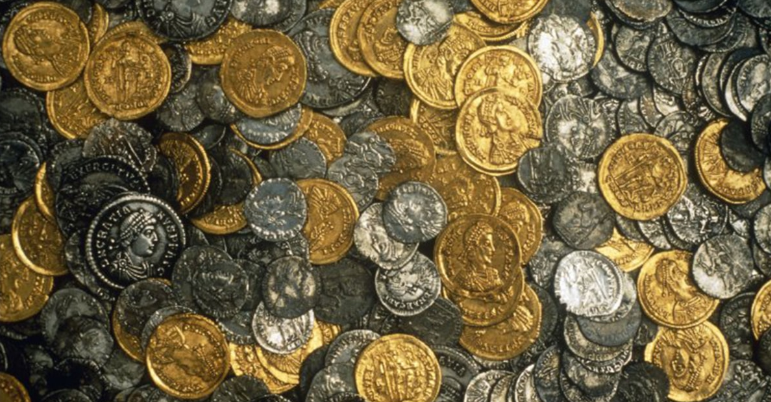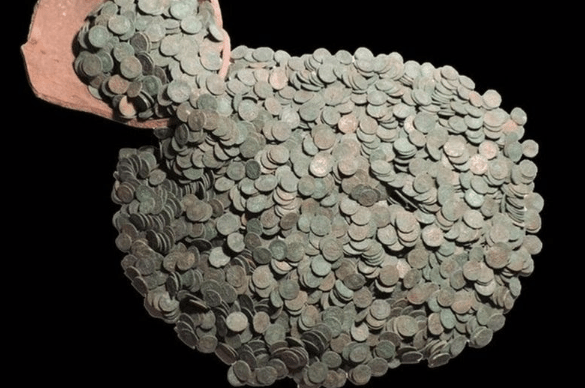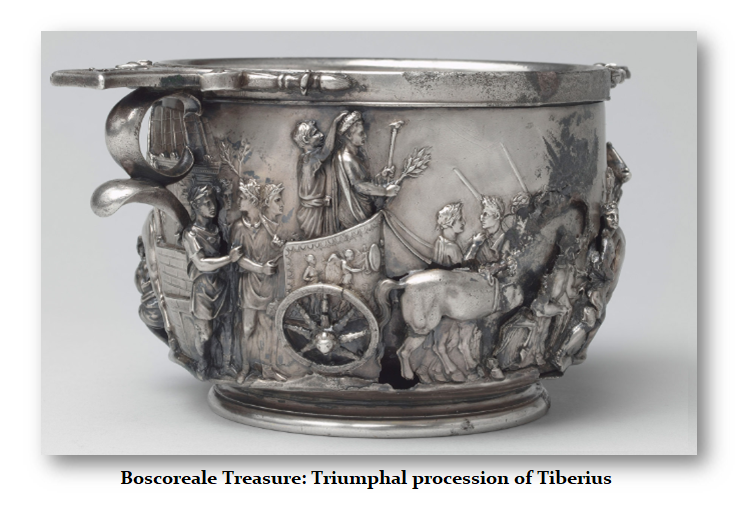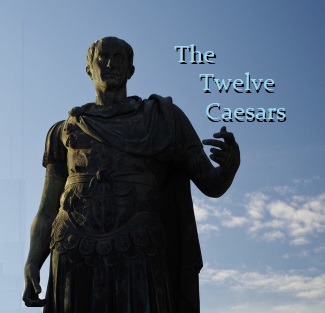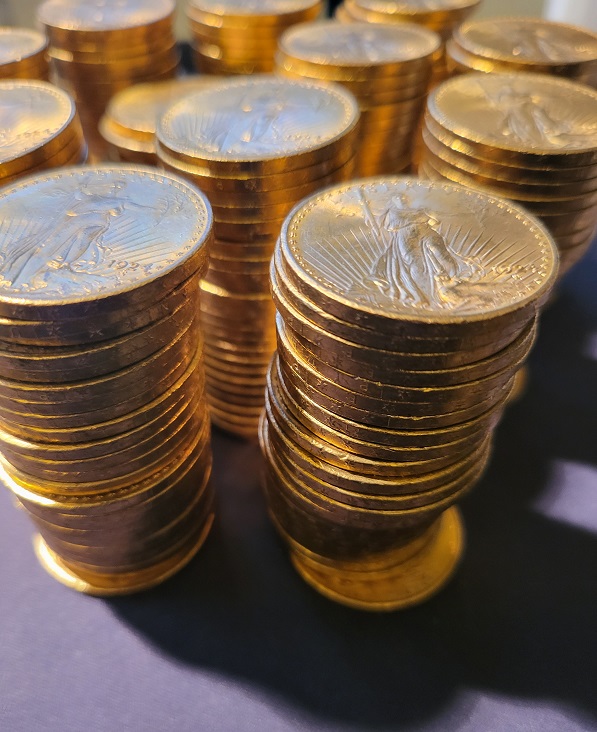QUESTION: I find it fascinating how you bring much more detail to life in your work. I have read your latest book Plot to Seize Russia. I knew many of those events took place but never the background. What an excellent job. You have to get this out in paperback for the world to see.
My question is about hoards of ancient coins. What was the biggest hoard ever discovered?
PH
REPLY: The First Edition is sold out. We are rushing the Second Edition to our publisher and it will be on a less expensive paper to try to bring down the cost. It will then be available on Amazon and Barnes and Noble, etc.
The biggest hoard of Roman gold coins ever discovered was the Hoxne Hoard which was the largest cache of late Roman gold found anywhere in the Roman Empire. It was discovered by a metal detectorist in Hoxne in Suffolk, England, in the east of England in 1992 containing 14,865 late-4th and early-5th century AD Roman gold, silver, and bronze coins. There were also 200 items of silver tableware and gold jewelry items. The hoard amounts to a total of 7.7lb of gold and 52.4 lb of silver.
The metal detectorist reported his discovery immediately and the cache was professionally excavated by archaeologists and conserved soon afterward so the vital context of the objects and their condition were preserved. The coins were the source to date the hoard to the early 5th century AD in the aftermath of the end of the Roman occupation of Britain. Hence, the political chaos inspired the owner to stash his fortunes. Obviously, he did not survive.
Perhaps one of the most famous discoveries from Pompeii is known as the Boscoreale Treasure. This discovery came to light in 1895, when the treasure was uncovered among volcanic ash from the eruption of Mount Vesuvius in August 79 AD. In 1895, excavations at a Roman villa at Boscoreale on the slopes of Vesuvius unearthed a remarkable hoard of coins, 109 items of silverware, and over 1,000 gold aurei, the latest of which dated to 78AD with many pieces dating back decades prior, such as the gold aureus of Nero (54-68 AD) with Claudius as Caesar. The villa that held the coins lay undisturbed until 1876, yet the coin hoard lay undiscovered for almost another 30 years. The original owner hid the treasure in a wine tank prior to the eruption, so it was not immediately discovered.
Unfortunately, there was never a formal study of the Boscoreale coins prior to being dispersed into the market. Consequently, we do not know the full extent of the find. Nevertheless, the coins are easily identifiable for a distinctive feature of this hoard from Boscoreale is their deep red toning, and the term “Boscoreale” is now used in auction catalogs to describe similar discoloration on any Roman gold. The coinage of Boscoreale does tend to be well preserved. Here are three gold aurei. Not the deep red toning from the heat of the volcano.
The Boscoreale treasure included a remarkable set of tableware reflecting the quality of Roman silverwork in the 1st century AD. The decoration on these two cups illustrates a most curious theme. There are Epicurean maxims (engraved in dots) and the skeletons of poets and Greek philosophers, representing an invitation to enjoy the present for death comes to us all.
These two silver cups pictured here, are famous for their strange decoration. A Latin inscription on the base of one of the cups gives their weight and the name of their owner, Gavia.
The ring of skeletons depicted on these two cups has similar and complementary decorations depicting tragic and comic poets, as well as famous Greek philosophers, beneath a garland of roses. Greek inscriptions engraved in dots form captions and are accompanied by Epicurean maxims such as, “Enjoy life while you can, for tomorrow is uncertain.” Clotho, one of the Fates, looks on as Menander, Euripides, Archilochus, Monimus the Cynic, Demetrius of Phalera, Sophocles, and Moschion provide a caustic and ironic illustration of the fragility and vanity of the human condition. But the main message of the cups’ decoration is that life should be enjoyed to the fullest. Zeno and Epicurus, the founders of the Stoic and Epicurean philosophies in the 4th century BC, confront each other before two mating dogs — a detail of some significance, as it represents the triumph of Epicureanism.
Silver and gold coins from ancient times have survived, as well as bronze. Silver can be affected by the sea and at times when it is debased. Bronze requires certain conditions to survive in good form. So if you intend to bury your gold and silver in the backyard, keep in mind that humanity has been doing this in times of trouble since before recorded history.


